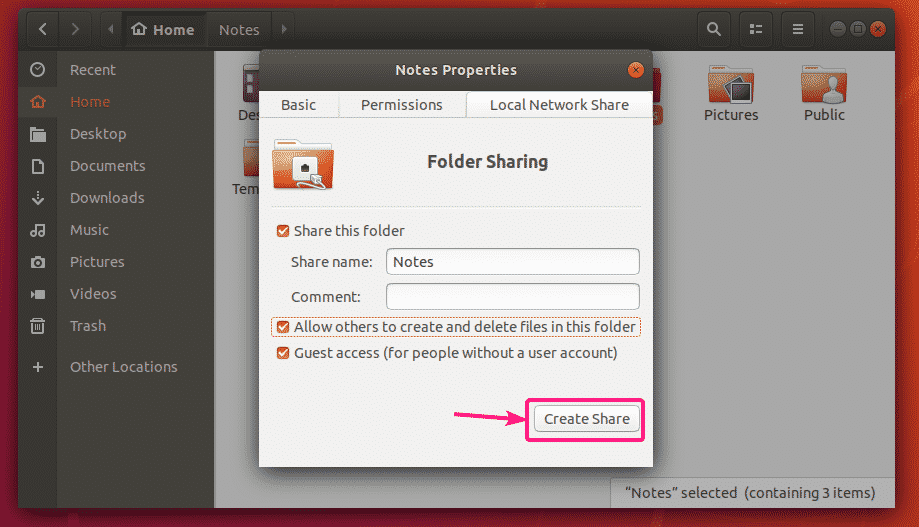
Use this switch to specify a timeframe (see below) that the user can log on. This option sets a pathname for the user's logon script. This option sets a pathname for the user's logon profile.
#LINUX RENAME USER WINDOWS#
The /logonpasswordchg switch is not available in Windows XP. Net user assumes no if you don't use this option.
#LINUX RENAME USER PASSWORD#
This switch forces the user to change his or her password at the next logon. If this switch isn't used, yes is assumed. This option specifies whether this user is required to have a password at all. If /passwordchg is not used, the net user assumes yes. This option specifies whether this user can change his or her own password. Set a pathname with the /homedir switch if you want a home directory other than the default 2. Use the /fullname switch to specify the real name of the person using the username account. If you choose to specify a date then it must be in mm / dd / yy or mm / dd / yyyy format, months and days as numbers, fully spelled out, or abbreviated to three letters. If the /expires switch isn't used, never is assumed. The /expires switch is used to set a specific date (see below) in which the account, not the password, should expire.
#LINUX RENAME USER CODE#
If the /countrycode switch isn't used, the computer's default country code is used: 000.

This switch is used to set a country code for the user, which determines the language used for error and help messages. The text entered using the /comment switch is viewable in the Description field in a user's profile in Users and Groups in Windows. Use this option to enter a description of the account. If you don't use the /active option, the net user assumes yes. Use this switch to active or deactivate the specified useraccount. Executing net user without options is equal to using the /? switch. The standard help command switch also works with the net user command but only displays the basic command syntax. Using this option is the same as using the net help command with net user: net help user. Use this switch to display detailed information about the net user command. The /delete switch removes the specified username from the system. This switch forces net user to execute on the current domain controller instead of the local computer. See Additional Net User Command Options below for a complete list of available options to be used at this point when executing net user.

Use the /add option to add a new username on the system. You also have the option of using * in place of a password to force the entering of a password in the Command Prompt window after executing the net user command. A maximum of 127 characters is allowed 1. The minimum characters required can be viewed using the net accounts command. Use the password option to modify an existing password or assign one when creating a new username. Using username with no other option will show detailed information about the user in the Command Prompt window. This is the name of the user account, up to 20 characters long, that you want to make changes to, add, or remove. Execute the net user command alone to show a very simple list of every user account, active or not, on the computer you're currently using.


 0 kommentar(er)
0 kommentar(er)
